
Just this month, carbon dioxide levels peaked at the highest levels in human history, at 415 parts per million (ppm) in our atmosphere. Time is running out to limit the impending climate catastrophe – but what can one person do?
CO2 emissions are largely caused by planes and cars, and most of us can’t afford to make the change to an electric vehicle for our commutes, let alone shift to an environmentally sound way to cross the globe.
And while we could wait for someone to solve our travel woes with a solar-powered jumbo jet, there are a few practical steps we could be taking to help curb carbon emissions right now: using public transport, biking if we’re able – and carbon offsetting.
What is a greenhouse gas?
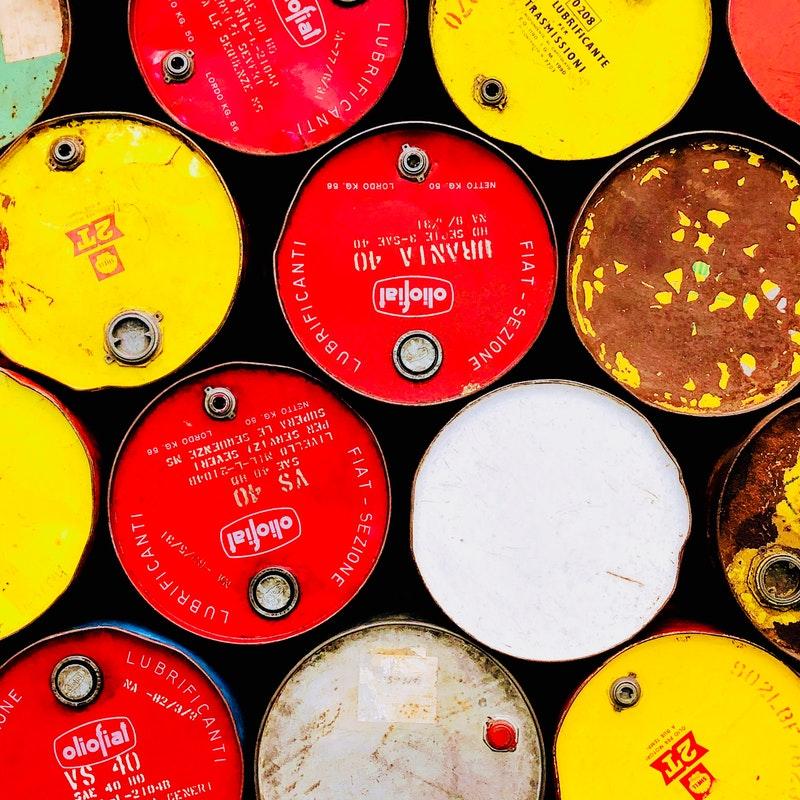
Photo by John Cameron
Let’s start with the basics. Greenhouse gases are what our machines, flights, agriculture, factory farms, and obsession with plastic churns out into the atmosphere.
It isn’t a new phenomenon – since the beginning of our planet, the temperature has been maintained thanks to the greenhouse effect: some of those compounds in our air reflect solar energy back to the planet’s surface, keeping it warm. Before the industrial revolution, the amount of carbon in our air hovered around 270 ppm. But nowadays, more particles of carbon remain in the air than ever, trapping heat in our atmosphere.
The greenhouse gases are:
CO2 is what most people mean when they talk about greenhouse gases, since it makes up three-fourths of all emissions we produce. It mostly comes from burning fuels like oil, coal, gas, and wood. Trees absorb CO2 and pump out oxygen instead, but as deforestation decimates tree populations, less are around to absorb what we produce, accelerating climate change.
Although it’s only 16% of our greenhouse gas output, it’s a potent gas that, according to the U.S.’ Environmental Protection Agency, has an impact “more than twenty-five times greater than CO2 over a hundred year period” when measured toe-to-toe with CO2. Most of our methane comes from agriculture and factory farms.
Don’t let the fact that N2O is only 6% of our global emissions fool you into thinking its role in global warming is small: every kilo of N2O is about 300 times stronger than CO2 when it comes to climate change. Like methane, most of its output comes from factory farms and animal agriculture.
What is carbon offsetting?
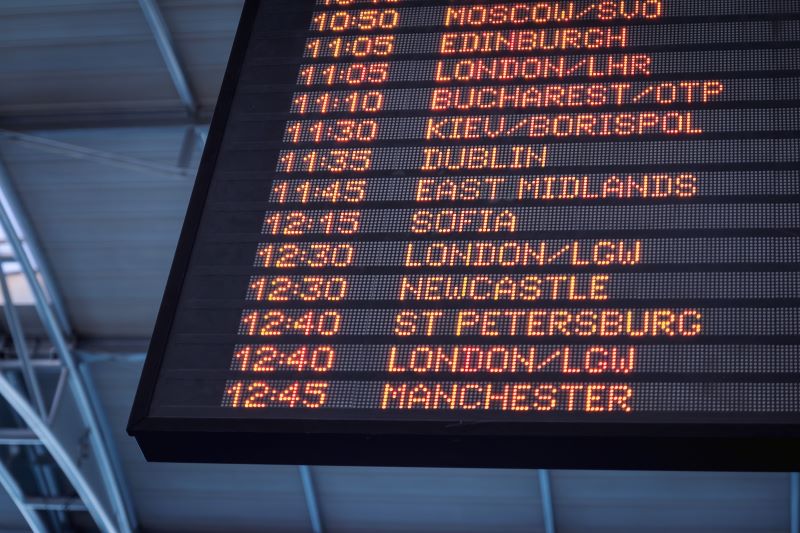
Photo by JESHOOTS.COM
As the biggest offender in carbon emissions is mass transit, there are loads of programmes out there aiming to offset the carbon cost of your travel. Often, it’s as simple as inputting your trip length and means of travel into a carbon offsetting calculator. From there, you’re quoted a fee, which the company can use to fund carbon capturing or reducing projects. Think of it like carbon pricing for the individual rather than corporations.
The programmes’ projects can range from planting trees locally to funding projects that empower families in previously colonised countries to reduce their dependence on fossil fuels.
What are the benefits of carbon offsetting?
When done correctly, carbon offsets have a great deal of benefits, as the companies working directly with communities to clean rivers, plant trees, lessen dependence on oil, and invest in clean energy. With many carbon offsetting programs, you can go as far as to specify the project you’d like your payment to go towards.
What are the cons of carbon offsetting?
Many environmentalists equate carbon offsetting to the medieval, Catholic system of indulgences: pay some money and the guilt is scrubbed away without you having to change your habits. Sometimes, the programmes claiming to make a difference don’t have much corroboration beyond a handful of stock photos of trees and people smiling. And those that measure their efforts in numbers of trees planted often fail to account for the fact that saplings don’t absorb as much CO2 as the old growth forests that have been torn down. So while those new trees may one day absorb a lot of CO2, they do little to change the crisis we’re in here and now.
Many people think that instead of waiting for a handful of trees to absorb some CO2 twenty years from now, we have to be diving into solutions that help us slash our emissions as soon as possible.
And all this uncertainty about has some people asking…
…how do I know I’m not getting scammed?
It’s a fair question. Especially when you consider the fact that a 2016 European Union study found a shocking statistic: 85% of offset projects they looked at would have gone ahead even without the purchase of offsets. That’s right: the money people put into these projects had no influence on those projects being carried out.
It gets worse. In a blowout article by Lisa Song, she states that one programme that sold offsets to preserve trees between 2013 and 2017 actually ended up cutting down half of them.
To top it all off, a 2015 paper found that if countries had actively cut their pollution instead of buying offsets, then global emissions “would have been 600 million tons lower.”
But a lot of carbon offset companies have the right intentions. And rather than admit defeat and let a few bad apples spoil the potential benefits carbon offsets can have, companies have rallied around a few third-party certifications to guide them – namely, the Gold Standard.
What’s the Gold Standard?
Although there are several third-party certifications for carbon offsets, the Gold Standard remains, well, the gold standard. Since 2003, they’ve worked to ensure the efficacy of carbon offset programmes. To date, they’ve helped over 80 NGOs and 1400 projects make a genuine difference.
But the Gold Standard isn’t the only viable third-party option. Other well-documented programmes include…
Verra’s Verified Carbon Standard Program
Climate Action Reserve (although exclusively for North American offsets and programmes)
In addition, there are other, smaller programs that only work within a certain country, such as The American Carbon Registry in the U.S. Do your homework when you read up on third-party verifications to ensure they carry weight!
These programmes work hard to ensure that your money’s not only going towards environmental projects, but that they contribute with “additionality” – meaning that the money you put towards your offsets helps fund a project that would otherwise not exist.
You get peace of mind – and the programmes get money to fund their next big project with measurable success.
Which carbon offsetting programme is right for me?
A programme backed by solid certifications can drive real change locally and internationally – but it can be difficult to tell which to go for – and which to avoid.
Below is a breakdown eight carbon offset companies to help you discover which one is right for you.
1. atmosfair
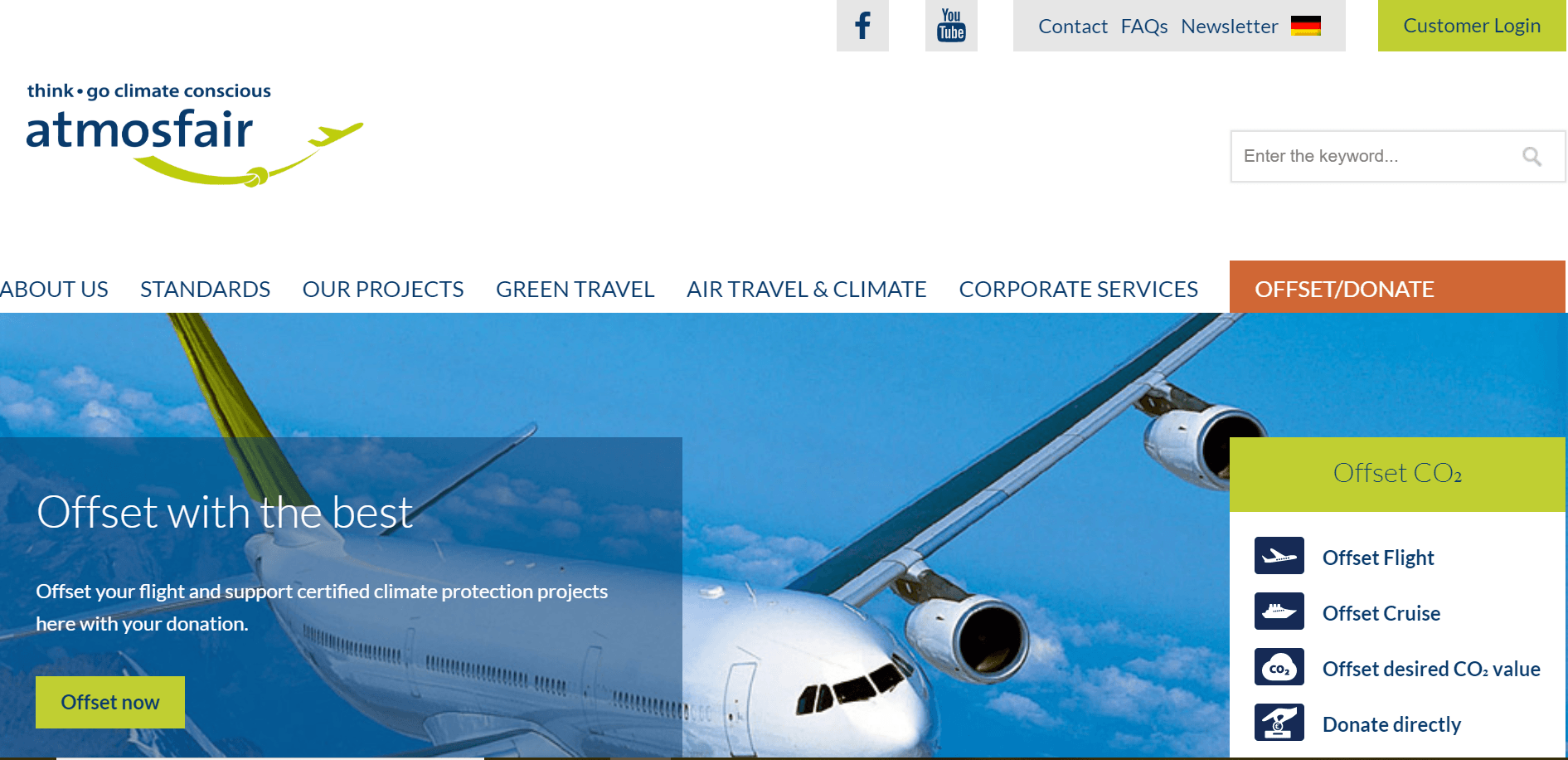
Location: Based in Germany, atmosfair’s projects range globally.
Impact to date: You can find all of their annual reports here. As of this year, their efforts have kept almost four million tons of carbon from the atmosphere
Types of projects: 90% of their projects actively reduce carbon in the air. The other 10% work to provide previously colonised countries with the resources they need to reduce their own emissions. Their projects include funding renewable energy worldwide and providing efficient cookstoves in countries like Nigeria, Rwanda and India.
Third-party certifications? Yes. All atmosfair projects are either already Gold Standard certified or have been submitted to them for approval.
2. NativeEnergy
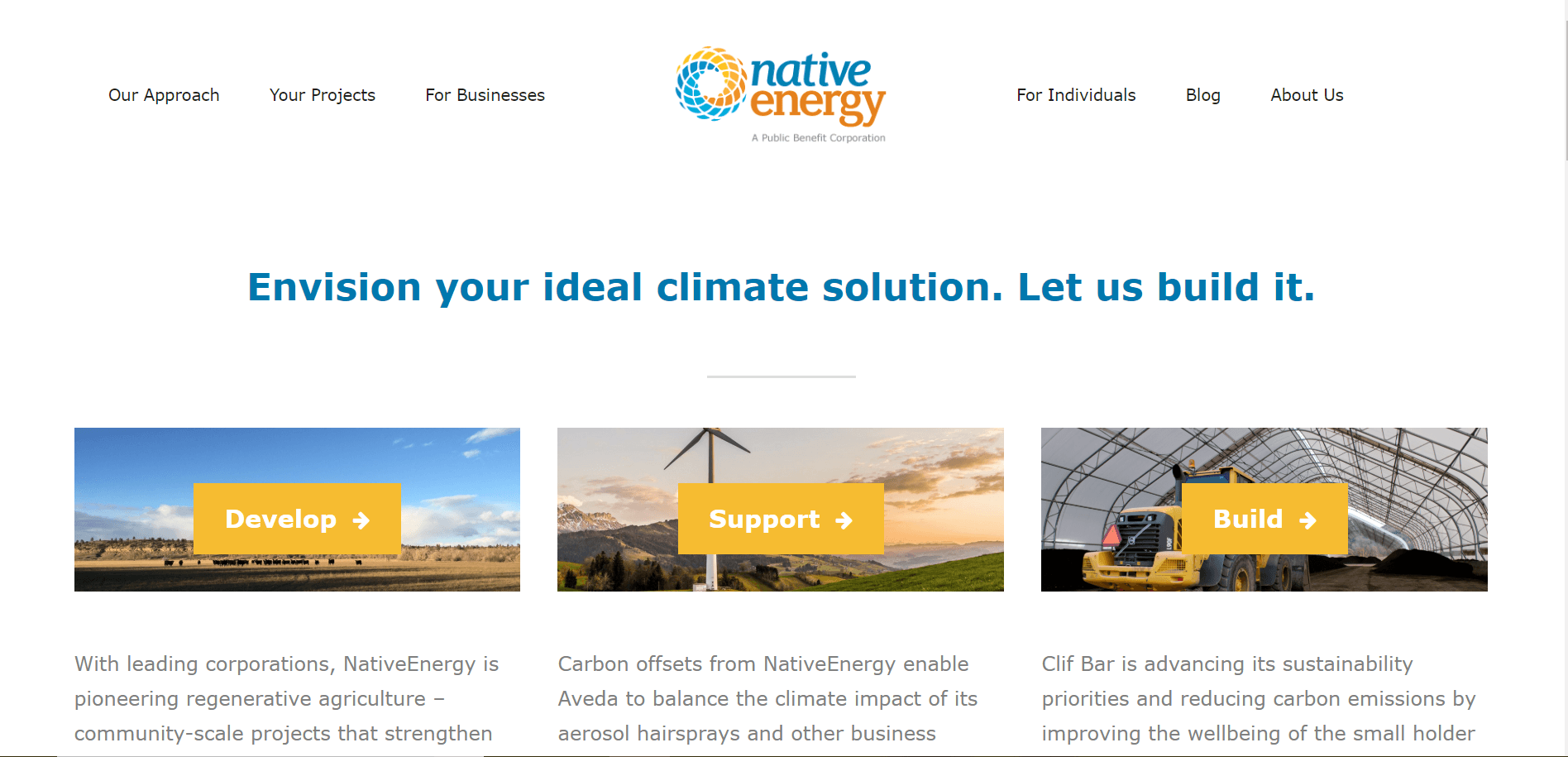
Location: This U.S.-based programme funds projects around the world.
Impact to date: As they work project-by-project, the carbon emissions they curb are tracked based on project completion. Their total impact to date is not online, but their present project is projected to take out 100,000 tonnes of CO2 from the atmosphere.
Types of projects: Rather than spreading their funding across disparate programmes, NativeEnergy’s individual carbon offset funding all goes into one project. When completed, they move on to a new focus. As of May 2019, NativeEnergy’s individual carbon offsets were all going toward clean water filters in Honduras’ coffee producing regions.
Third-party certifications? Yes. Every program of theirs is validated by Gold Standard, Verified Carbon Standard, Climate Action Reserve, American Carbon Registry, Plan Vivo, or the Climate, Community, & Biodiversity Alliance (CCBA). The company itself is also a Certified B Corporation.
3. Carbon Offsets to Alleviate Poverty (COTAP)

Location: This California-based programme funds projects around the world.
Impact to date: With a present emphasis on funding small communities in Nicaragua, India, and Uganda to plant trees, their current projects have helped them pay locals to plant 29,814 hectares of trees.
Types of projects: 90% of the money given to the nonprofit goes into local farmers’ pockets for reforestation efforts and orchards of edible food.
Third-party certifications? Yes. Every project is either certified or in the process of being certified by Plan Vivo Standard, CarbonFix Standard, Verified Carbon Standard, or CCBA. It is also worth pointing out that this company offers total transparency into where every cent of the money received goes.
4. myclimate
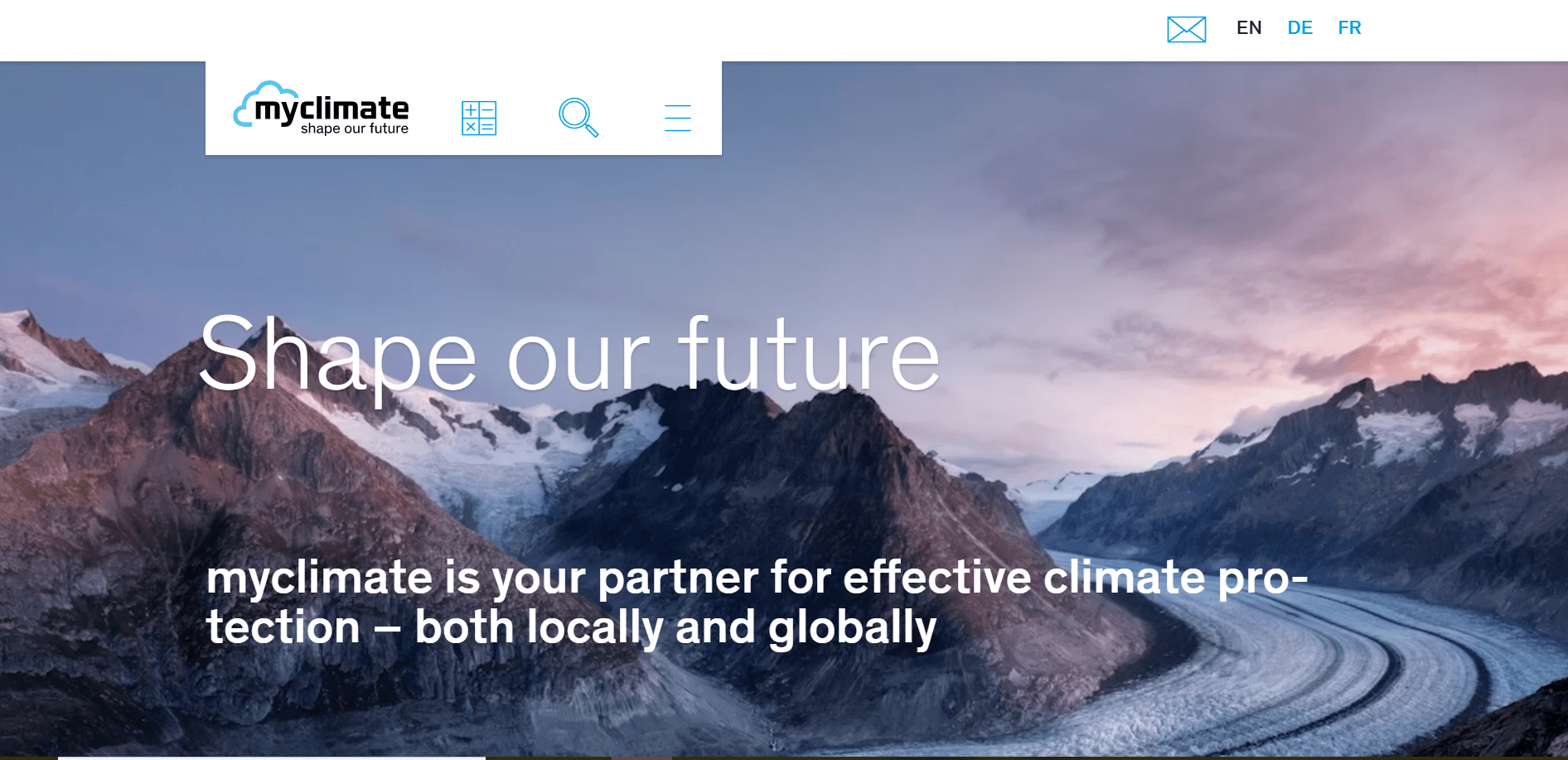
Location: Based in Switzerland, 50% of the company’s projects remain in-country. The others are primarily in Kenya and Nicaragua.
Impact to date: Since 2002, myclimate reports that they’ve compensated for over five million tons of CO2, provided 600,000 efficient cookstoves, installed 86,600 solar energy systems, and built 56,400 biogas plants.
Types of projects: myclimate primarily support projects related to energy (like the promotion of renewables and energy efficiency) and reforestation; for example, community reforestation in Nicaragua and solar energy in Tanzania.
Third-party certifications? Yes: each programme profile lists the project’s standard (with the documentation to back it up), as well as any awards the programme has won (e.g. “Greentech Awards Winner“, “Ashden Awards Winner“). You can also see each of their annual reports here.
5. ClearSky Climate Solutions

Location: This U.S.-based company supports projects around the world.
Impact to date: Unknown.
Types of projects: Unknown.
Third-party certifications? None mentioned. Unless this programme offers greater transparency after the required email to start the process of offsetting your carbon footprint, ClearSky seems like it’s best avoided.
6. Cool Effect
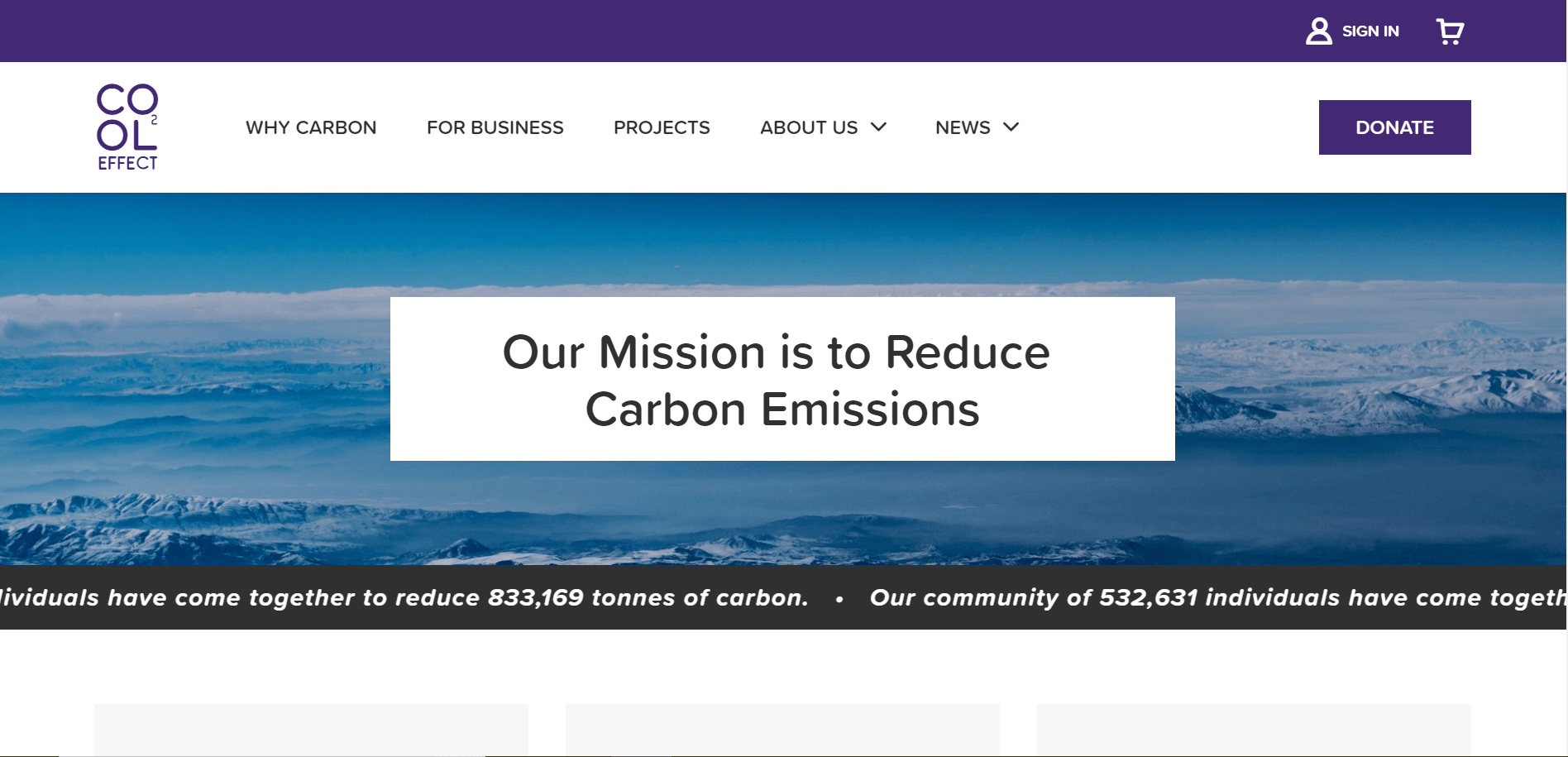
Location: This U.S.-based company supports projects around the world.
Impact to date: Recent completed projects include the restoration of 1000 acres of mangrove forests in Myanmar and protecting Madagascar’s singular ecosystem.
Types of projects: Their projects vary and include reforestation, renewable energy, and efficient cookstoves.
Third-party certifications? Yes. Every program of theirs is reviewed by at least two of the following: the Gold Standard, the Verified Carbon Standard, the Climate Action Reserve, the American Carbon Registry, or the United Nations’ Clean Development Mechanism.
7. Sustainable Travel International
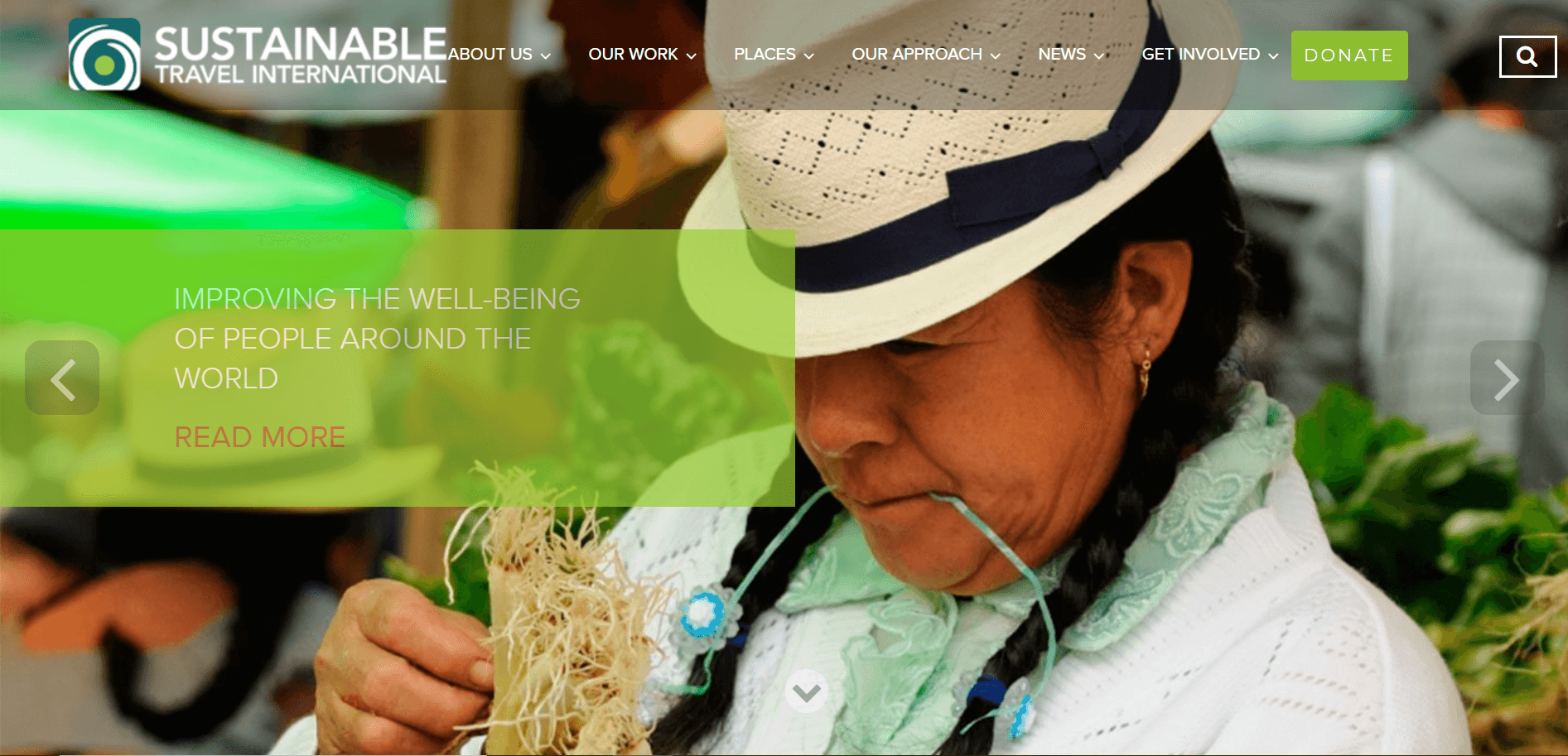
Location: This U.S.-based company supports projects internationally.
Impact to date: Since 2007, Sustainable Travel has offset over 175,000 metric tons of CO2.
Types of projects: Their projects include reforestation, water filtration systems, and wind farms.
Third-party certifications? Yes. All projects are certified by CDM Gold Standard, Plan Vivo Foundation, the Verified Carbon Standard, or CCBA.
If none of these programmes sound appealing to you, look more locally. Some programmes like Terrapass and Sterling Planet in the U.S., and Climate Friendly in Australia, only fund projects within their country – and others, like EcoTrust are even more localised, serving only the North American northwest.
What if I’m not much of a traveller?

If your travel plans are limited to weekend trips to nearby towns or getting to work and back every day, consider opting for the company Clear to counteract your commute (because even a daily back and forth to work adds up over time!)
Location: This U.K.-based programme funds projects internationally and can be adapted for use with nineteen currencies.
Impact to date: No data is given on the site.
Types of projects: This programme’s efforts are focused on efficient stoves and renewable energy like wind, solar, and geothermal. It’s also the only programme to offer offsets for skydiving and parachuting trips!
Third-party certifications? Yes. All projects are approved by Quality Assurance Standard.
How do I get started?
Just take the plunge!
Out of all the offset programmes above, check out the ones that appeal to you and follow their instructions for calculating the cost of offsetting your recent or upcoming trips. Remember to check their certifications and make sure the projects align with your values.
What’s the verdict?
Carbon offsets are a far cry from a solution to climate change, but they can help. Ultimately, what’ll change the world is all of us changing our lives. Take buses and trains when possible. If it’s an option for you and your body, walk more. And above all, advocate in your community for accessible and affordable public transport that keeps more cars off the streets.
Featured image by Ouch.pics
Earth.fm is a completely free streaming service of 1000+ nature sounds from around the world, offering natural soundscapes and guided meditations for people who wish to listen to nature, relax, and become more connected. Launched in 2022, Earth.fm is a non-profit and a 1% for the Planet Environmental Partner.
Check out our recordings of nature ambience from sound recordists and artists spanning the globe, our thematic playlists of immersive soundscapes and our Wind Is the Original Radio podcast.
You can join the Earth.fm family by signing up for our newsletter of weekly inspiration for your precious ears, or become a member to enjoy the extra Earth.fm features and goodies and support us on our mission.
Subscription fees contribute to growing our library of authentic nature sounds, research into topics like noise pollution and the connection between nature and mental wellbeing, as well as funding grants that support emerging nature sound recordists from underprivileged communities.
